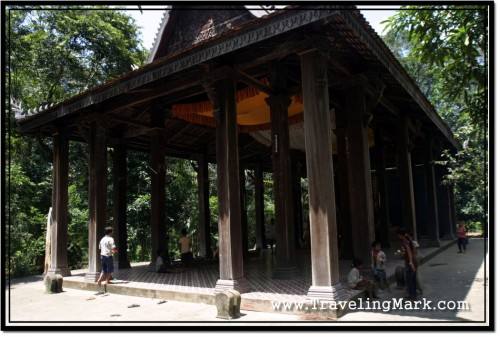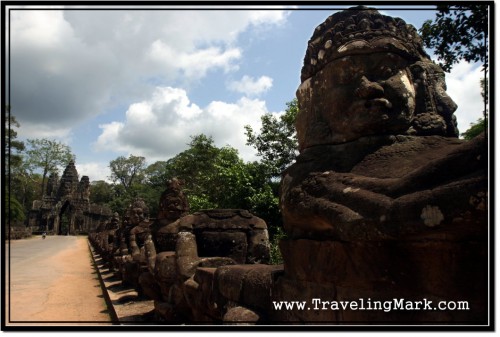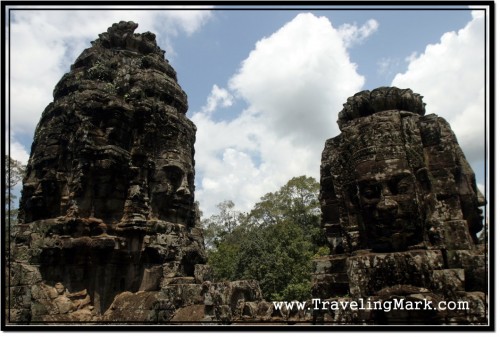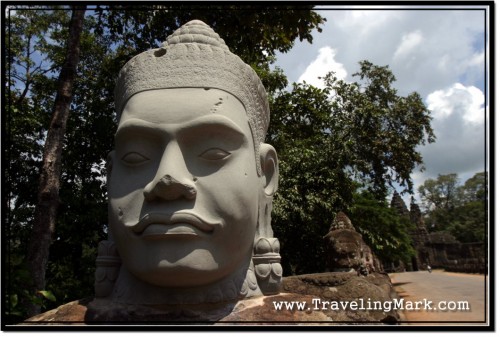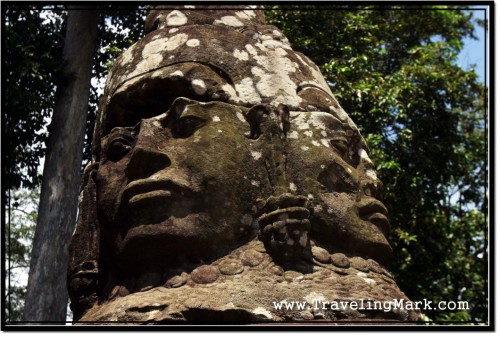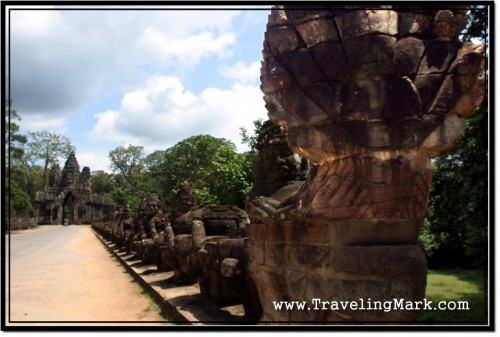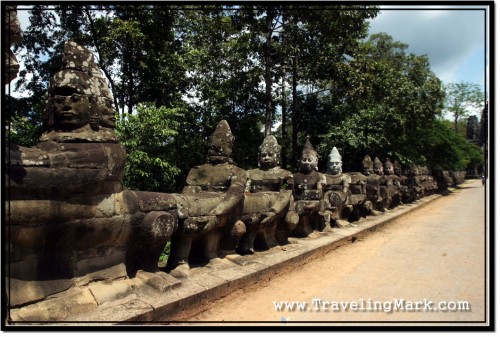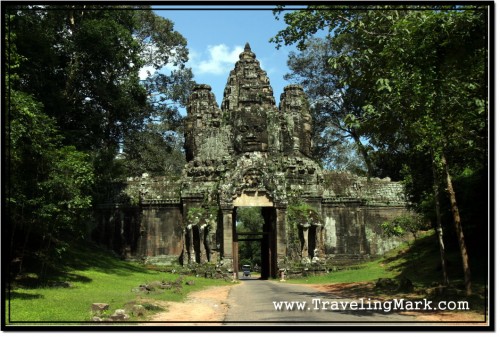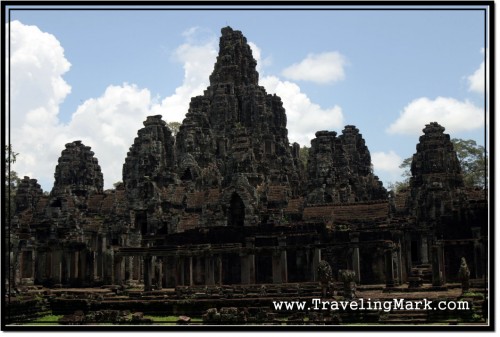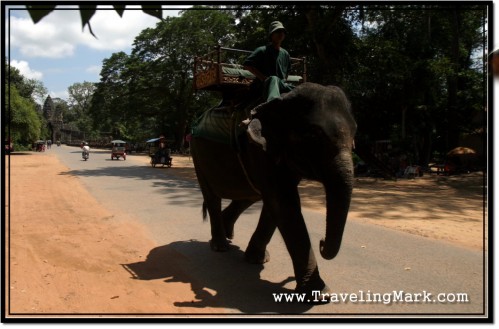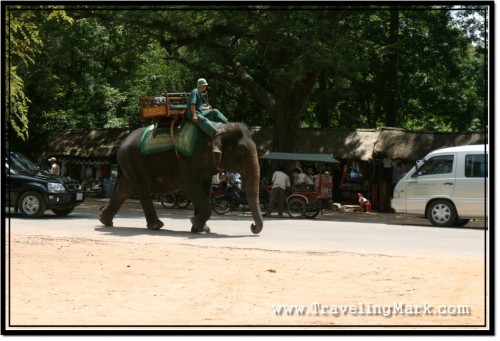I bicycled through the South Gate entrance to Angkor Thom and rode my way across straight road lined on both sides with many trees and dozens of inquisitive monkeys. This was without doubt one of the busiest roads in Angkor Archaeological Park. Connecting two of the most iconic sites in the area – Angkor Wat and Bayon, the number of tuk tuks and buses with organized tours was overwhelming.
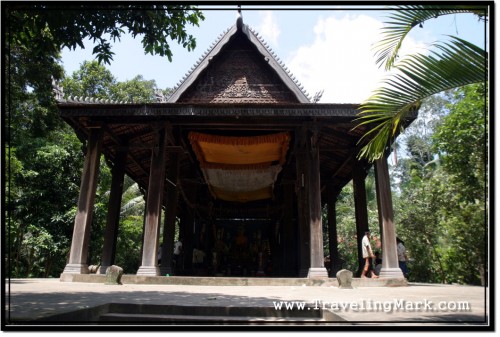
About a kilometre into Angkor Thom, I was approaching a T intersection that split the road I was on to wrap around Bayon temple, standing proudly right in the middle. At the south-west corner of the cross roads was a pagoda with statue of Buddha and many locals praying inside and preying (on tourists) outside. Bayon is the largest state temple at Angkor and I knew it will take a while to explore, so I decided to pull over and take a breather from frying sun in the shade of the pagoda. I asked the locals and was told that the pagoda is called Preah Ntep. Somebody spelled it out for me this way even though the pronunciation suggested that proper spelling would be Preah Entep.
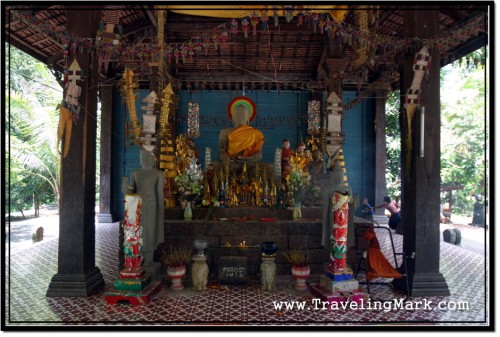
The pagoda was vastly insignificant and was one of many found within the Angkor Thom complex. Stopping for a breather obviously meant exposing myself to the relentless harassment of kids clearly sent to prey on tourists by their parents and instructed to say certain things to maximize chances of a score. I sought peace of mind but did not find it. I did get slight escape from the sun but touts forced me to quickly move on. Below are few pictures of Preah Ntep, a pagoda that doesn’t even exist on any map of Angkor Thom.
